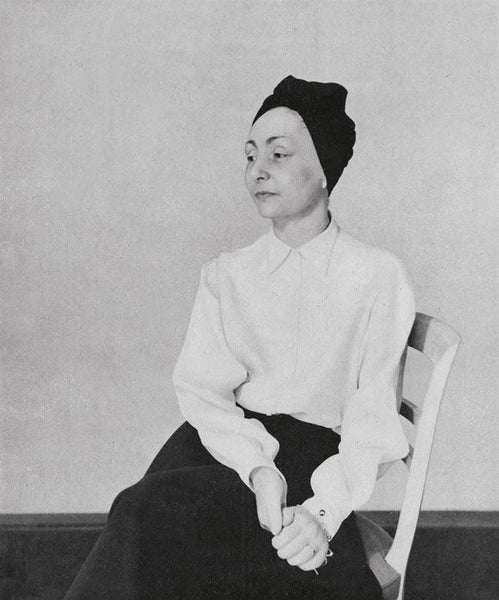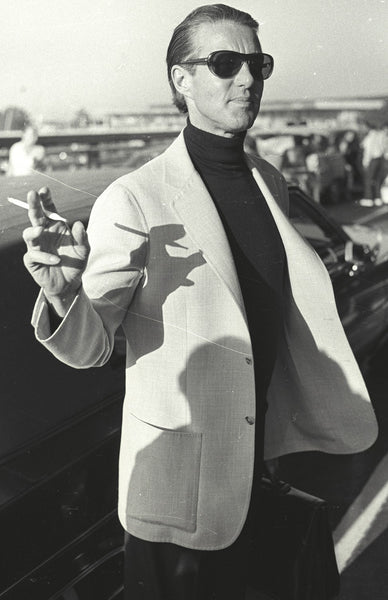Designer Spotlight: Bonnie Cashin

After high school, Cashin joined a Los Angeles ballet company as its costume designer. She moved to New York in 1934. While studying at the Art Students League of New York, Cashin worked for the Roxy theatre, creating three costume changes a week for the theatre 24 dancers, making 72 outfits in total. She was described by a Variety reporter as "the youngest designer to ever hit Broadway."
When the U.S. joined the Allied Powers in World War II, Cashin began to design uniforms for women in the armed forces. After WWII, Cashin returned to California and designed costumes for a number of Hollywood productions, including “Laura” (1944), “Anna and the Kind of Siam” (1946), and “A Tree Grows in Brooklyn” (1946).
Cashin returned to New York in 1949 to design a sportswear collection for Alder & Alder. A year later she won her first Coty American Fashion Critics' Awards, and in 1952 she opened Bonnie Cashin Designs. Cashin spearheaded the American casual sportswear look. Her practical, attractive clothing appealed to the increasingly independent and informal post-war woman. Cashin’s designs championed the layering of several lighter garments rather that using a single heavy coat, a reflection of the progressively flexible schedules of American women.
In the 1950s, the New York Times chose Cashin as their first designer for the “pattern of The Times” monthly feature providing designer patterns for home sewing.
Cashin was Coach’s first designer, and worked with the company until 1974. Her innovative designs and use of leather, mohair, and hardware, as well as her playful, colorful handbag lining, set Coach up for design victory. Cashin also designed pieces for Ballantyne, Hermès, and Aquascutum. Cashin founded “The Knittery” in 1967, a company which produced small batches of coats and handmade Scottish sweaters. Cashin also later returned to making uniforms, however this time it was for American Airlines flight attendants.
Cashin was a prolific, influential designer; in 1968 she won her second Coty award, and in 1972 she was inducted into the Coty American Fashion Critics Hall of Fame.
Also in Adore MRS. Couture

Designer Spotlight: Madame Gres

Designer Spotlight: Roy Halston Frowick
Halston was thrown into the limelight when Jacqueline Kennedy wore his pillbox hat to John F. Kennedy’s inauguration. Soon Halston expanded into women’s wear, creating both couture and ready-to-wear fashion catering to the fashionable and elite jet set. Halston also accepted the honor of designing the 1976 US Olympic team uniforms, redesigned Braniff Airlines’ uniforms in 1977, and created uniforms for the New York Police Department and the Girl Scouts in 1978.
Halston was innovative, using slinky knit material and ultrasuedes, and introducing a halter dress design that elongated a wearer’s silhouette. He pioneered the sensual and soft draped looks associated with disco and his beloved Studio 54.

